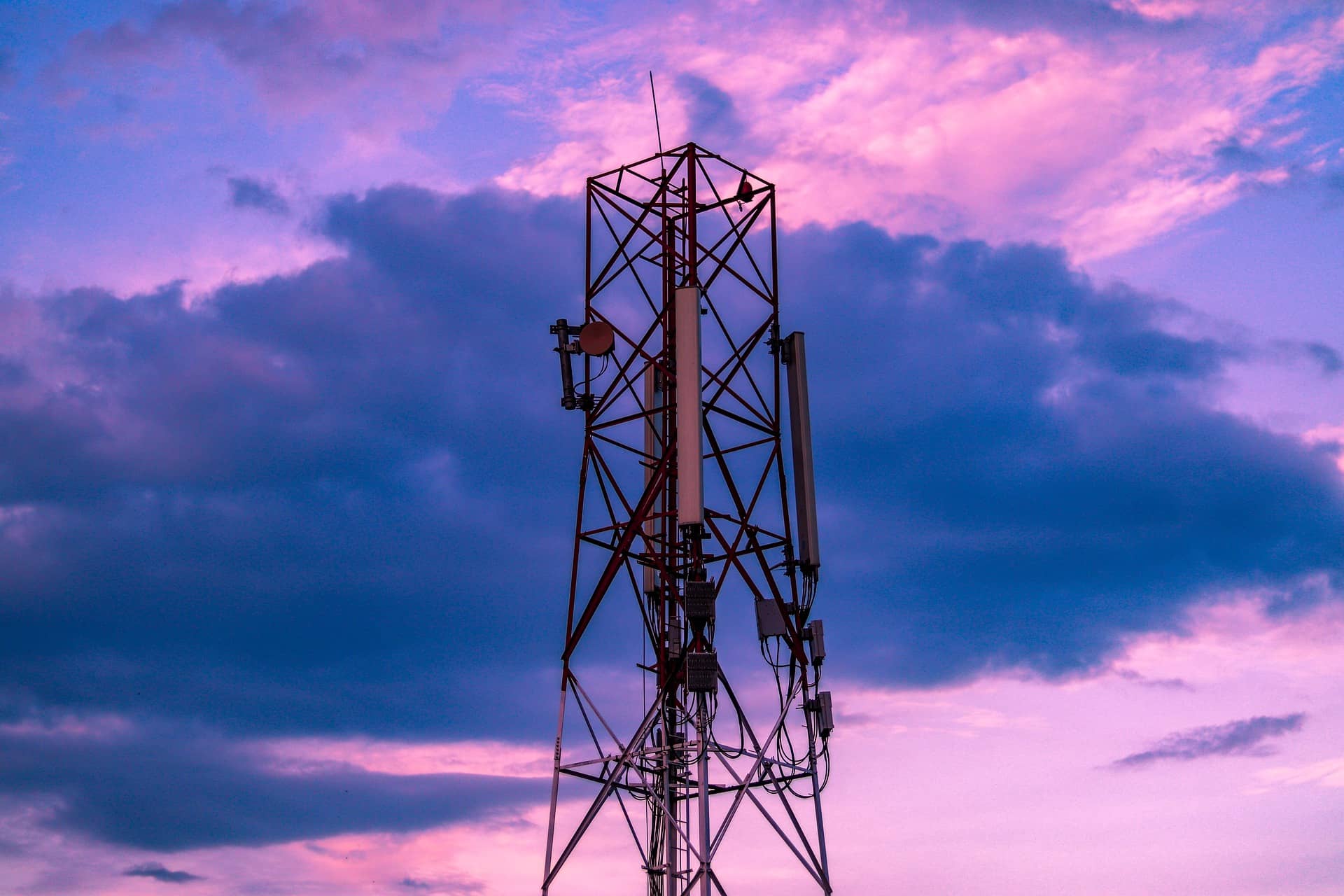News
As fibre and 5G networks continue to be rolled out at pace, the South African telecoms operators are preparing for further severe disruptions to their power supply
For South Africans, the rolling blackouts resulting from ‘load-shedding’ by state-run energy company Eksom have been a simple fact of life for over a decade now. Years of underfunding and mismanagement by Eksom has resulted in an energy grid that simply cannot cope with demand, with the nation routinely plunged into darkness for hours at a time.
In 2022, however, the load-shedding crisis reached new heights, with Eksom announcing Stage 6 measures for just the second time ever, requiring the shedding of 6,000 MW and resulting in cuts over a four-day period for four hours at a time.
Now, in 2023, the situation shows no signs of improvement, with analysts fearing that even more severe loadshedding – up to Stage 8 – could be required to alleviate pressure on the national grid. Indeed, this week the South African President Cyril Ramaphosa was forced to cancel his trip to the World Economic Forum in Davos due to the deepening energy crisis in South Africa.
But what does this ongoing energy crisis mean for the nation’s telecoms operators?
Networks, naturally, consume an enormous amount of energy to run and account for anywhere between 10% and 40% of an operators OPEX. In cases where insufficient energy can be supplied by the national grid, such as a temporary power outage, these networks typically switch automatically to an alternative energy source, from batteries or localised generators.
In South Africa, however, where outages are increasingly common and are last for a longer duration, these solutions may soon prove insufficient.
For the nation’s mobile industry, this problem is particularly acute. Back-up batteries can typically provide power for 6 to 12 hours, after which they require between 12 and 18 hours to fully recharge. Thus, site batteries generally remain a robust solution up to Stage 4 load-shedding; however, at Stage 5 load-shedding and beyond, batteries alone can no longer handle demand.
“Stage 6 means that batteries have less time to recharge between outages and that they won’t last as long given they haven’t had time to fully recharge,” Vodacom explained to TechCentral, noting that they were doing “all we can” to deploy additional backup power solutions, like diesel generators, to sites across the country.
Indeed, mobile operators are increasingly looking further outside the box to meet their energy needs. In 2021, for example, Vodacom announced it was beginning to deploy solar-powered mobile sites, while last year MTN turned to crowdsourcing power from local businesses to keep its network operational.
A similar story can be heard from South Africa’s fixed broadband network operators. While most of the operators have indicated that their backup power supplies can cope with up to Stage 6 load-shedding, they too are now taking additional measures to ensure their networks remain operational during Stage 7 and above.
“Sadly, it seems our predictions are correct, and load-shedding is with us for the long term,” explained Shane Chorley, chief business development officer of Frogfoot, South Africa’s third-largest fibre network operator. “Over the coming year, we will invest R40 million [$2.33 million] in additional capital expenditure and further increase our resilience across the network as the demand for reliable energy supply increases.”
Ultimately, however, despite these investments, the increasing duration and frequency of outages can take their toll on the networks, necessitating additional maintenance and a closer oversight over damaging power surges.
“The most significant impact of stage 5 and stage 6 load-shedding is the pressure it places on equipment, the associated cost of running generators over an extended period, and requiring more maintenance teams in the field to improve reaction time should failures occur,” said Dewald Booysen, COO of Frogfoot’s rival, Vumatel.
“We have seen an increase in equipment failure due to power surges linked to these stages of load-shedding, putting additional pressure on maintenance teams. We also have areas where substations do not come up after scheduled load-shedding, putting additional pressure on our backup power in these areas,” he added.
It should also be noted that network equipment is not only at risk of technical failure due to load-sharing operations, but also vandalism and theft. Power outages present ideal opportunities for thieves and vandals to act while unmonitored, with incidences of theft and destruction of critical infrastructure in South Africa skyrocketing in recent years.
For the telecoms industry, batteries and cables have been noted as increasingly enticing targets.
So, what does the future hold for the South African telcos?
While it is undeniable that the South African network operators are trying their hardest to mitigate the effects of this enormous societal disruption, the situation continues to worsen. With 2023 already a year filled with inflation and tightened purse strings, the question begging to be asked of these telcos is simple: how long can they keep this up?
Want to keep up to date with all of the latest internation telecoms news? Sign up now to receive Total Telecom’s daily newsletter
Also in the news:
Rethinking retail: T-Mobile lays off around 600 retail staff
Exploring a collaborative approach to digital skills development
Israel’s Cognyte embroiled in Myanmar spyware scandal

